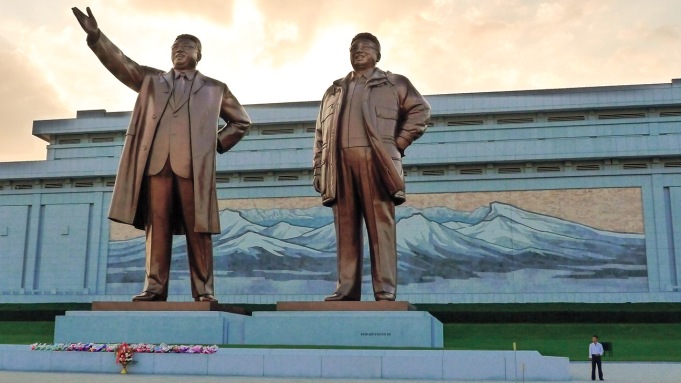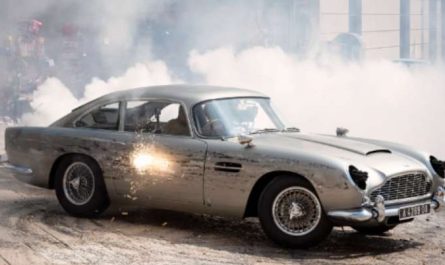At 91 years and then some, revered narrative movie producer Claude Lanzmann actually has it in him to both educate and conflict with show. The maker of the great Shoah, just as a few different deals with the Holocaust, turns his camera this time on North Korea — a spot that couple of chiefs have wandered at any point ever into.
What he pulls from it is Napalm, a practically short film by Lanzmann principles (it times in at 100 minutes), yet one that proposals up a totally different interpretation of a spot that has been on a significant part of the world’s poop list as far back as anybody can recall. Not that this blend travel journal and individual memory in any capacity support the system of Kim Jong-un and his archetypes, however it gives us a smart thought of how North Korea became what it is, and why it is probably not going to change whenever soon.Premiering as a Special Screening in Cannes’ Official Selection, Napalm — a film whose title takes on evident significance by the end — may not really be for the standard group that has adhered to Lanzmann’s WWII-related work throughout the long term, which might make it a harder sell than his past endeavors. Yet, considering how much the Democratic People’s Republic of Korea (DPRK) is in the news nowadays, store merchants might consider this to be a way of hitting upon a dire theme that as of now concerns us all.
With a present for recounting stories and rather unimaginable feeling of metaphor, Lanzmann portrays a film split into two segments. The first follows the chief and a skeleton team as they set out on a directed visit through destinations in Pyongyang, while the second comprises of a solitary long arrangement where Lanzmann relates his first visit to North Korea back in 1958 (in a story that was referenced in his superb book The Patagonian Hare: A Memoir).During the stringently controlled visit, Lanzmann visits public landmarks and a tactical gallery comprising of tanks, planes and different weapons seized from the “U.S. assailant” (as the aide continually guarantees) both during and after the Korean War, which finished on July 27, 1953 — a date that the North Koreans see as their V-day against the adversary.
Lanzmann portrays it as the occasion “time was brought to a halt” in the DPRK, leaving the nation destroyed and in a condition of steady preparation for the fight to come that has continued for 60 or more years so far, with a capital city that has become “great and void.” At one point, he films a day by day function where ladies to-be place bunches of roses at the feet of two monster sculptures observing Kim Il Song and Kim Jong Il, showing how neighborhood customs are bound to the eternal legends encompassing North Korea’s chiefs.
Yet, the producer likewise takes as much time as is needed to narrative the staggering besieging effort that the U.S. Armed force occupied with, bringing about 4 million regular citizen passings and almost the total annihilation of Pyongyang. As indicated by Lanzmann’s aide — who you need to trust — 480,000 bombs were dropped on a city whose populace just numbered 400,000, making for more than one bomb for each individual. Add to that the 32 million liters of napalm that were utilized at that point, and one can maybe better comprehend why North Koreans will in general utilize the “assailant” postfix while talking about America.
Lanzmann’s best work has uncovered in meticulous detail how regular citizens were designated and immediately executed during the Second World War, and here he utilizes file film of Pyongyang’s evening out — whole squares pulverized or on fire, youngsters shouting over the cadavers of their folks — to clarify why the detestations of the Korean War won’t really be forgotten by those that experienced the most it.



